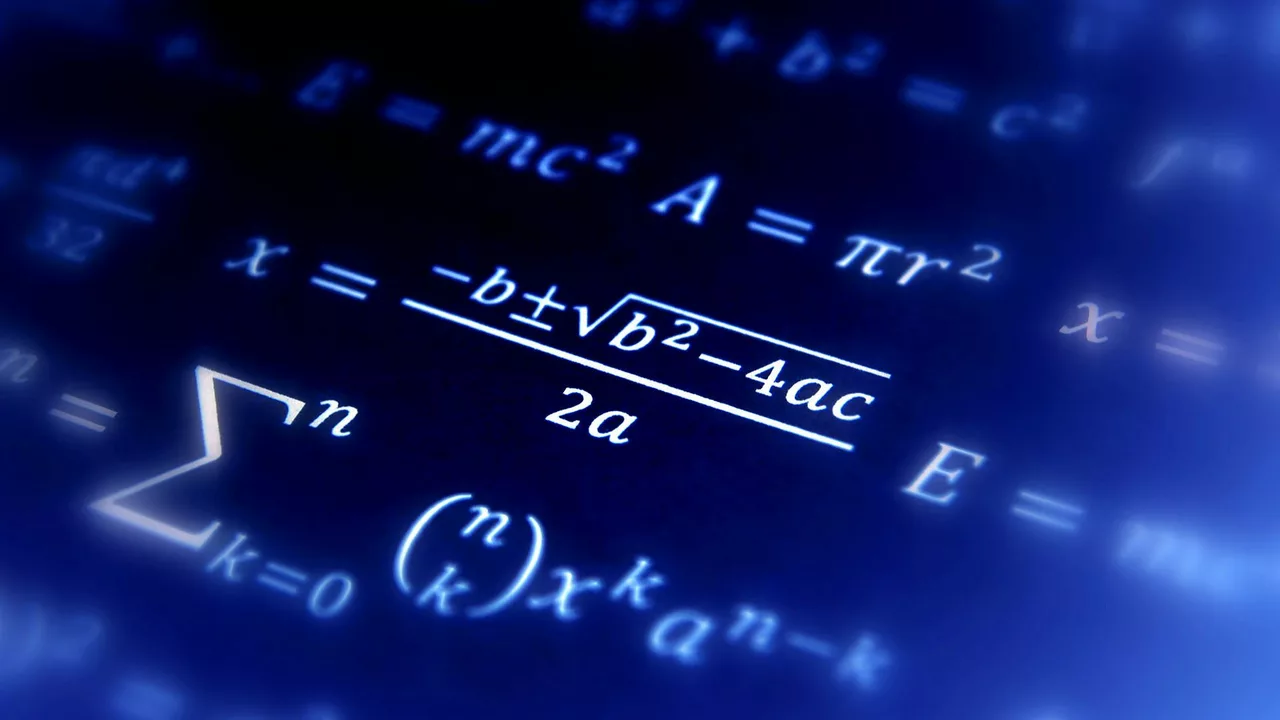The Unseen Bridge: Mathematics and Technology
If you think about it, mathematics can be described as the DNA of technology. I know, it's a bold statement, but stay with me here. Just as DNA is the fundamental building block of life, providing the blueprint for our physical features and characteristics, mathematics forms the underlying structure of technology in a similar way. Every algorithm, every computational function, every piece of technology we utilize has some fundamental mathematical principles driving it. Quite a fascinating concept when you think about it! But how does this work in practice? Let's dive in and unravel this intriguing connection together.
Decoding the Binary World: Mathematical Algorithms
Behind every tech innovation and every digital interaction is a vast web of algorithms. These coded sets of instructions help machines learn, make decisions, and perform tasks. And at the heart of these algorithms? Yep, you guessed it: good old mathematics.
Algorithms are essentially mathematical formulas elegantly crafted to solve specific problems. This applies everywhere, from the Google search engine that uses algorithms like PageRank to decide which sections of the web are most relevant to our queries, to the recommendation systems like Netflix's, which use algorithms to predict what shows or movies we might enjoy. They even form the basis of Artificial Intelligence! Isn’t that mind-blowing?
From Abacus to Supercomputers: The Evolution of Computing
If we're talking about the relationship between mathematics and technology, we can't forget about one of the most important technological breakthroughs: computers. Without a doubt, computers have revolutionized the way we live and work, and again, the root of this revolution is in the fundamentals of mathematics.
The first computers were simple in form and function and were designed strictly to perform mathematical computations. As they evolved into the high-speed, multi-purpose machines we know today, the underpinning mathematics became more and more sophisticated. Mathematics not only plays a role in the running of the computing operations but also in the design and manufacture of the hardware. After all, it took advanced mathematical calculations to put a chip into the pocket of my jeans that is more powerful than the computer that put Neil Armstrong on the moon. Now that’s progress!
Just last month, at a tech expo, I was having a deep conversation with one of the experts about quantum computing. If you think the mathematics behind classical computing is intense, wait until you start studying quantum computing! And for the record, no, we didn't solve any of the world's mathematical problems, but we certainly had fun trying.
Data Encryption: Where Numbers Turn into Fort Knox
When we make online transactions, we trust that our sensitive data is safe, thanks to encryption technology. Guess what? Yep, mathematics is the unspoken hero here too! Encryption systems use complex mathematical algorithms to scramble data into an unreadable format that can only be decoded using a specific key.
The strength of the encryption directly depends on the complexity of the mathematical algorithm deployed. The more intricate the mathematics, the harder it is to decrypt. It's mind-boggling but trust me, this mathematical complexity is what protects our bank details and personal information from prying eyes online. Next time you’re transferring money online, remember to say a quick ‘thank you’ to the maths geniuses of the world.
The Mathematical Symphony: Underpinning the Digital World
The symphony of modern technology is conducted by mathematics. From the GPS systems that guide us on our adventures, to computer graphics and video games, right through to digital music and imaging, by the way, have you ever noticed how beautiful mathematical patterns emerge when sound frequencies are visualized? Go on, take a minute and look it up, it's mesmerizing! A secret mathematical world unfolding right before your eyes!
Indeed, the digital world is a series of interconnected technologies, each one built on a foundation of mathematical principles. Whether through algorithms, computational functions or data encryption, these principles enable the reliable and precise functionality that we've come to take for granted. So when you're enjoying a high-definition movie, playing a video game, or using your GPS to navigate unfamiliar places, remember to appreciate the chorale of complex mathematics singing beneath the surface that makes such technology possible.
So here we are, at the end of this labyrinth of mathematical magic. It turns out, you don't have to be a math whiz to appreciate its role in technology. The impact is monumental, and its presence, though mostly unseen, is integral to the tech world. So, the next time you're using that nifty tech gadget or marveling at the latest software, remember that there's some cool math at work. And I am reminded of the quote, “The book of nature is written in the language of mathematics,” by Galileo Galilei. Indeed, it is. And aren’t we fortunate?
The Choreography of Technology and Mathematics, a Dance of Tomorrow
It becomes clear, then, that the relationship between mathematics and technology is more than just an academic concern. It's a symbiotic dance, where every step, spin and movement relies on quantitative principles. The intricacy of their bond enriches the technological landscape, painting a testament to human ingenuity underpinned by mathematics.
And let's not forget about the future. With advancements in technological fields like AI, VR, AR, Quantum Computing, 5G, and so forth, the demands on mathematics are set to increase exponentially. The evolving tech-sphere will need new and complex mathematical formulas, calculations, and algorithms. The challenge isn't whether mathematics can keep up with technology, but rather, how we will adapt as the barrier to mathematical comprehension rises alongside our technological prowess.
So, whether we are ordinary tech users, coding enthusiasts, mathematicians, or simply curious minds, it's worth understanding the robust mathematical foundation upon which our technology stands. It broadens our appreciation and can inspire us to explore new technological horizons with the confidence that mathematics will guide our way. In a world increasingly leaning towards becoming more digital, that's a comforting thought to hold on to.

